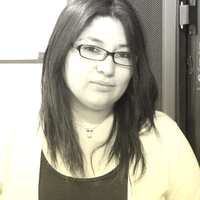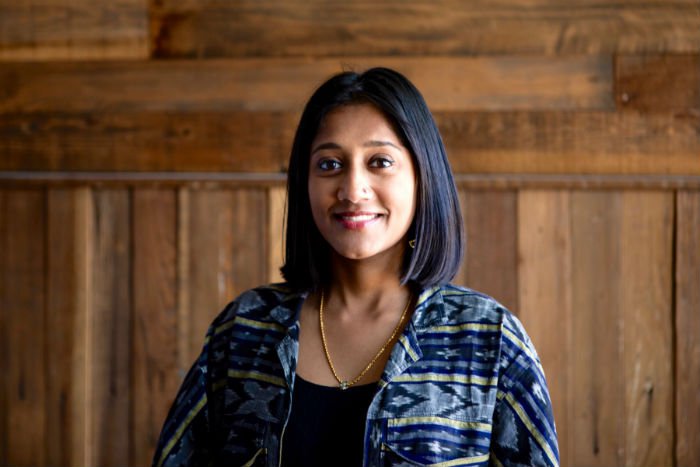How many times have you wondered whether the steak that has been in the fridge for several days is still in good condition? How long does it take you in a grocery shop to choose an avocado that you want to eat within four days? Do you guess correctly? In times when almost everything is done from the mobile phone, Abi Ramanan wants us to use our smartphone to solve this type of questions. To achieve this, she has developed a tool based on hyperspectral imaging technology and automatic learning with the intention to build a more transparent and safe feeding model worldwide. Thanks to this novel approach, Ramanan has become one of the Innovators Under 35 Europe 2018 of MIT Technology Review.
The idea arises from an urgent need: we need to stop wasting food. Around 1.3 billion tons of food are thrown away each year, according to the Food and Agriculture Organization of the United Nations. “One-third of all the food produced in the world is wasted, in the case of fruit and vegetables, it is 45%. This means that every second two million apples are thrown away,” Ramanan laments. For that reason, her proposal consists in attacking the supply chain directly and “reducing this waste”.
After several years working for different NGOs, such as Stamp Out Poverty and Oxfam GB, Ramanan won a Google Scholarship for Singularity University where she co-founded ImpactVision. The researcher explains: “My colleagues and I saw that hyperspectral technology has great potential because it allows us to obtain chemical information in a non-invasive way.” With a camera on a conveyor belt, we collect hyperspectral images based on parameters such as the pH of the meat, freshness of the fish and maturity of fruits, which we later analyse with chemometric models and automatic learning”.
The SaaS platform (Software as a Service) from ImpactVision allows digitizing the process in the supply chain to “make better decisions in real time about each piece”. Ramanan gives an example: “Colour is the factor that most influences us when buying meat.” We have done tests in veal with our tool and we can classify it optimally, fillet or minced meat so that the buyer does not reject it when it is still in good condition for consumption.” To recognize the colour with great precision they use mathematical methods.
Nevertheless, ImpactVision not only reduces waste, “it also helps guarantee the quality and safety of the final product that reaches consumers,” says the creator. This possibility is due to its ability to “identify foreign objects below the surface, such as paper or plastic, that a metal detector cannot find”.
The company has already successfully carried out different tests with distributors and retailers of different companies. But all this is just the beginning. Ramanan’s vision “is that in a couple of years we can all take a picture with our smartphone to know if a food is fresh and stop throwing food at home.”
Jury member of Innovators under 35 Europe 2018 and professor at Condensed Matter Theory Department of the Autonomous University of Madrid (Spain) Jorge Bravo-Abad believes that “the idea of combining existing technologies (automatic learning and hyperspectral images) to create new products is very promising and has already demonstrated its potential in several pilot programs.” Another jury member and professor of Vacuum Nanoelectronics group at the University of Bath (United Kingdom) Matt Cole considers that Ramanan is “an example to follow for the entrepreneur women.”
By Patricia R. Guevara
Translation: Ana Milutinovic




